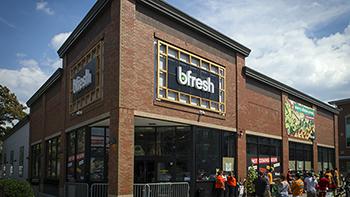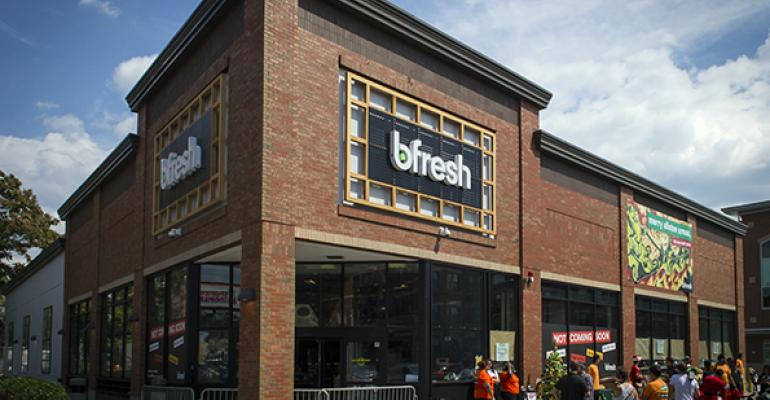More than a decade ago the Coca-Cola Retailing Research Council published a whitepaper titled “The World According to Shoppers.” In the paper the council uncovered nine “shopper-need” states.
- Care for Family
- Smart Budget Shopping
- Efficient Stock-Up
- Discovery
- Bargain Hunting
- Specific Item
- Reluctance
- Grab and Go
- Immediate Consumption
These shopper-need states fueled the creation of new channels. Not channels like supercenters, warehouse clubs, and convenience — these channels already existed. Instead, these shopper-need states fragmented the supermarket channel by introducing alternative formats such as limited assortment and dollar stores.
But many of these nine states are now being offered in with the same channel — and even in the same store. So if we’re stilling thinking “channels” we’re keenly missing the mark, as well as growth opportunities. While shoppers still have needs, they don’t think in terms of “channels;” nor do they intentionally shop them in this manner. Today’s harried shopper is looking for retailers (including click and mortar) that can meet their specific needs, which are usually connected to some combination of value, convenience (time) and assortment.
More importantly are the needs within the needs. For example, having the appropriate product offerings is paramount to a retailer’s ability to differentiate itself. However, the retailer cannot provide the optimal assortment without a thorough understanding of their shoppers’ wants, needs and desires. This is very different from previous practices, which were driven largely by shopper type and consumer segmentation (think soccer moms and elderly). Today, retailers must understand the psyche of their shoppers by connecting value, convenience and assortment to the wants, needs and desires of their target shopper.
A case in point: Lazy Acres Market
Lazy Acres Market, located in southern California, caters to shoppers desiring wholesome, natural (no colors or dyes) and organic products for their family. Many of their shoppers need products that fit their specific lifestyle, dietary guidelines or disease state such as diabetes. (By 2025 more than 15% of Los Angeles’ population will be living with diabetes, according to the Institute for Alternative Futures, Diabetes 2025 – U.S., State, and Metropolitan Trends.) Lazy Market shoppers also want more quality, time-saving options, which is why they offer ready-to-cook shrimp skewers and crab cakes, as well as grab ‘n go sushi and made-to-order sushi. They are clearly catering to the wants, needs and desires of their shoppers.

Other retailers developing specific formats that address the white space needs of the consumer include:
• Ahold opened bfresh, a Boston neighborhood, fresh format banner that caters to the specific needs of urban students and young adults
• Sobey’s new Chalo! Fresh Co. banner in Ontario, which caters to the specific shopping needs of South Asians
• Hannaford’s new store in North Berwick, Maine represents a hybrid format by providing fresh, natural and organic products in a limited assortment format
• Dollar General is also developing a hybrid format that caters to the budget conscious shopper, but will offer a refined assortment, including fresh foods and HBW products.
The current movement towards the development of consumer-specific retail formats is certainly gaining a lot of attention. But are these white space formats too trendy to be long-term plays? And if you think these smaller, niche oriented formats are viable long-term plays, do they create an opportunity for grocery retailers to gain market share that was lost to mass merchandisers and warehouse clubs?





